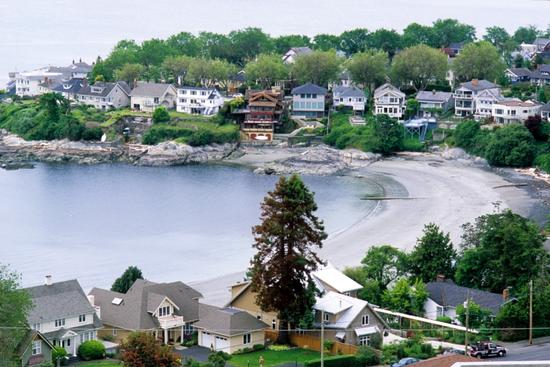Did You Know?
That Enke Point on Galiano is named for Max Enke, a former rabbit farmer who became a BC chess champion, met British novelist PG Wodehouse in a WWII prison camp and was supposedly the model for Lord Uffenham, a fictional Wodehouse character.
That Lanz Island off the north tip of Vancouver Island was named after an 18th-century opium trader, who made his fortune by age 32. David Lance later built a mansion visited by Jane Austen and helped stock the Royal Botanic Gardens at Kew with rare Asian plants.
That in 1934, Foul Bay was renamed Gonzales Bay after residents complained the name was “disgusting” and “vile.” The original name, however, referred to the bay’s poor holding qualities as an anchorage, not to its odour (as local homeowners assumed).

That Eagle Island in West Vancouver had its name officially changed in 1929 to Abode Island, after the many small summer cottages located there. This was done in order to avoid confusion with the five other Eagle islands on BC's south coast. Local folk complained, however, saying that they'd only ever known the place as Eagle Island and couldn't possibly accept the change. Government officials eventually caved in and, in 1949, the old name was formally reinstated. For years Eagle Island residents got to their recreational homes on a hand-cranked, chain-operated communal barge.
That Whytecliff, the residential area near Horseshoe Bay, should really be spelled White Cliff, as it was named after the nearby weathered promontory of White Cliff Point. In 1907, however, Colonel Albert Whyte, a real-estate promoter, bought land in the area with his partner, Vancouver lawyer Sir Charles Hibbert Tupper (son of prime minister Sir Charles Tupper), and the pair developed a summer cottage complex called Whytecliff Park Resort. When a railway was built through the area in 1914, the well-connected Whyte persuaded his friends at the PGE to name the local station Whytecliff. When a post office later opened, it too was named Whytecliff. The colonel even got the hydrographic service to change historic White Cliff Point to Whytecliff Point in 1937 (though this feature, fortunately, was later changed back to its original form).
